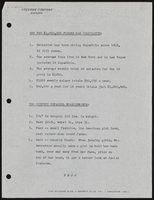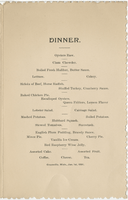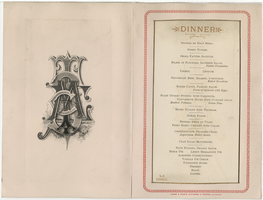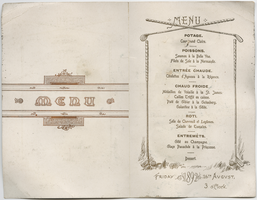Search the Special Collections and Archives Portal
Search Results
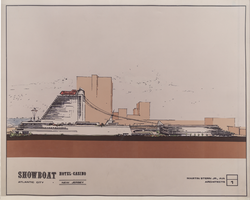
Proposal for the Showboat Hotel and Casino (Atlantic City), circa 1985
Date
Archival Collection
Description
Bound proposal for the Atlantic City Showboat including artist's conceptions, vicinity map, shade impact study, and architectural drawings for all major components.
Site Name: Showboat Hotel and Casino (Atlantic City)
Address: 801 Boardwalk, Atlantic City, NJ
Image
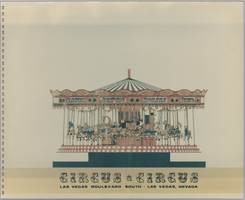
Proposal for Circus Circus expansion (Las Vegas), August 4, 1970
Date
Archival Collection
Description
Bound proposal for a Circus Circus expansion including site map and drawings of main architectural elements. This project was not built.
Site Name: Circus Circus Las Vegas
Address: 2880 Las Vegas Boulevard South
Image
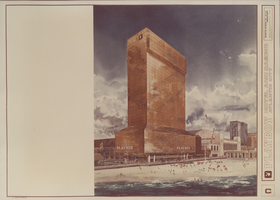
Proposal for the Playboy Hotel and Casino, Atlantic City, 1977
Date
Archival Collection
Description
Bound proposal for Playboy Hotel and Casino including artist's conceptions, vicinity map, themes, and architectural drawings for all major components. Includes note on protective cover: "First concept, Constructed as modified."
Site Name: Playboy Hotel and Casino (Atlantic City)
Address: Florida Ave & Boardwalk, Atlantic City, NJ
Image

